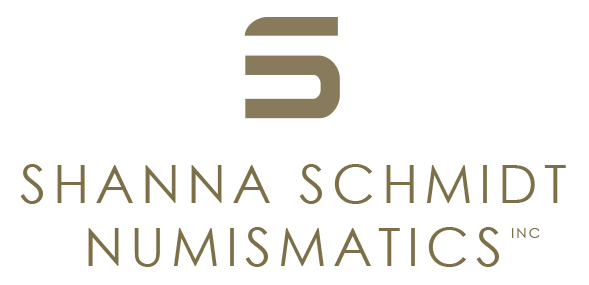Roman Republic, Italy. Anonymous, Rome, c. 214-213 BC
Roman Republic, Italy. Anonymous, Rome, c. 214-213 BC
AR Quinarius, 2.23g (17mm, 6h).
Helmeted head of Roma r.; behind, V. / The Dioscuri galloping r.; in exergue, ROMA in linear frame.
Pedigree: From the collection of Carl Subak. Privately purchased from Baldwin's in 2002.
References: Craw 44/6, Syd 169, RBW 172, King 1.
Grade: Some minor flan irregularity at 5h on obverse and corresponding reverse. Nicely struck with cabinet toning. Very early anonymous quinarius. aEF
rr1363
Scroll down for more information about this coin.
During the Second Punic War (218-201 BCE) Rome was in desperate need of high purity silver coinage to pay their troops. As such, they introduced three new silver denominations: the denarius, quinarius, and sestertius. Unlike earlier coins that suffered debasement, these coins are known to sit between 96-98% fineness. The quinarius, which weighed slightly over two grams, was valued at half a denarius. This means it equaled five asses and was marked with the numeral V behind the bust of Roma. According to King, production of these coins was decentralized with mints located in Sicily, Sardinia, Spain, and Corcyra in addition to Rome. However, since this particular example has no additional control marks, it was most likely struck in Rome. These early “anonymous” quinarius were only issued only for 10-12 years before production ceased around 206 BCE. It wasn’t until 101 BC that Rome began producing quinarii again.

